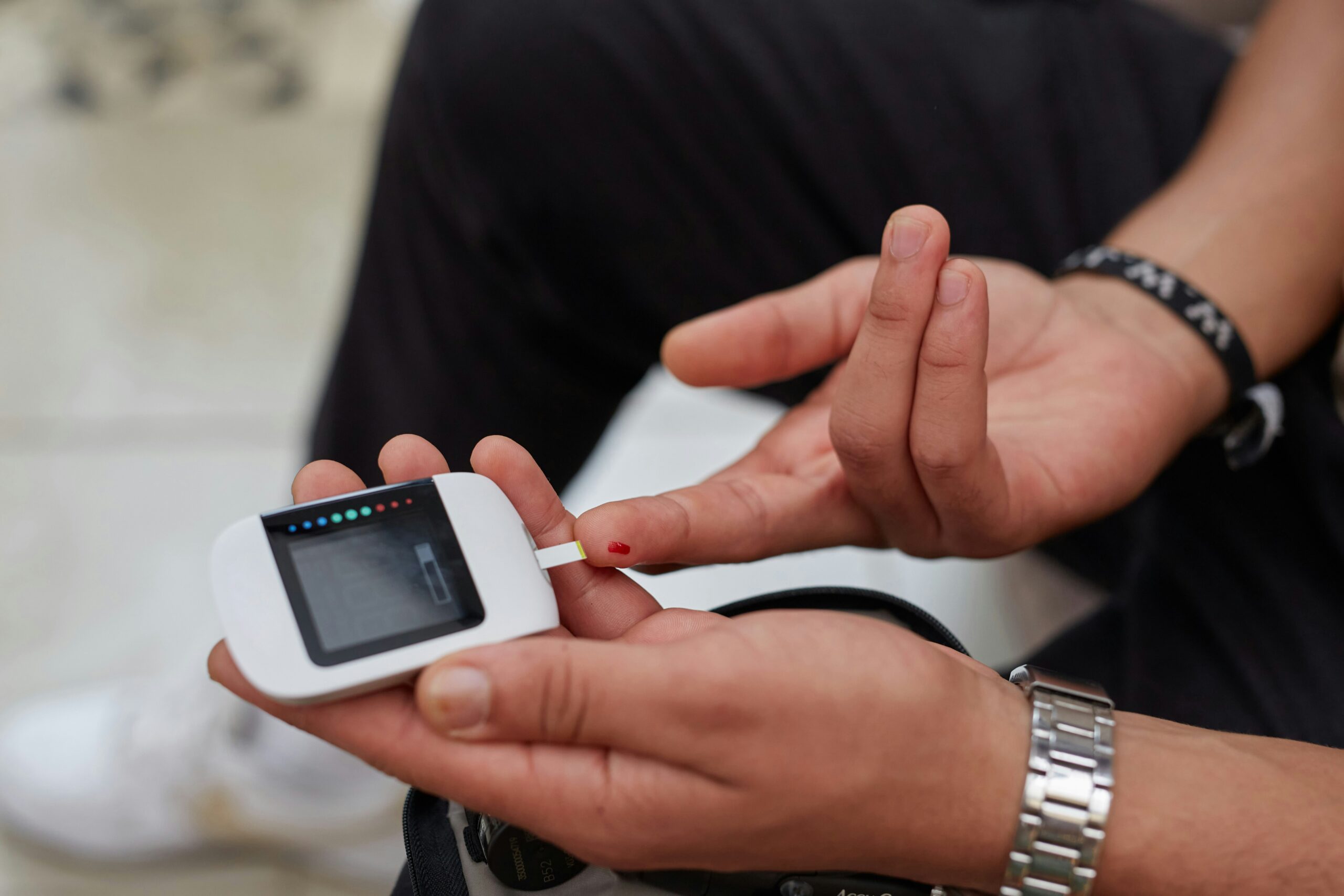Diabetic wounds can be a challenging and frustrating complication for many people living with diabetes. These slow-healing wounds often require specialized care and attention to prevent infection and promote healing. One treatment option that has gained attention in recent years is hyperbaric oxygen therapy (HBOT). But does this therapy really work for diabetic wounds?
What is Hyperbaric Oxygen Therapy?
Hyperbaric oxygen therapy involves breathing pure oxygen in a pressurized chamber. This allows your lungs to gather more oxygen than would be possible breathing pure oxygen at normal air pressure. Your blood carries this extra oxygen throughout your body, stimulating the release of growth factors and stem cells, which promote healing.
During HBOT, you typically lie on a table in an enclosed chamber and breathe oxygen while the pressure is increased to two to three times normal atmospheric pressure. Each session usually lasts 60-120 minutes, and you may require multiple sessions over several weeks.
How Does HBOT Help Diabetic Wounds?
Diabetes can cause poor circulation, nerve damage, and a weakened immune system, all of which can contribute to slow-healing wounds. HBOT aims to address these issues by:
- Increasing oxygen delivery to the wound site
- Stimulating the growth of new blood vessels
- Enhancing the body’s infection-fighting capabilities
- Reducing swelling and inflammation
By improving the wound’s oxygen supply and boosting the body’s natural healing processes, HBOT may help diabetic wounds heal more quickly and effectively.
What Does the Research Say?
Several studies have investigated the effectiveness of HBOT for treating diabetic wounds. A 2015 systematic review and meta-analysis published in the journal “Ostomy Wound Management” found that HBOT was associated with increased wound healing and reduced risk of major amputation in patients with diabetic foot ulcers.
Another study published in 2019 in the “Journal of Diabetes Research” compared the effects of HBOT and conventional therapy on diabetic foot ulcers. The researchers found that patients receiving HBOT experienced significantly faster wound healing and had a lower risk of amputation compared to those receiving conventional therapy alone.
While these results are promising, it’s important to note that not all studies have shown clear benefits of HBOT for diabetic wounds. Some research suggests that HBOT may be most effective when used in combination with other wound care strategies, such as offloading, debridement, and infection control.
Is HBOT Right for You?
If you have a diabetic wound that is not healing despite conventional treatment, expert hyperbaric oxygen therapy for wounds may be an option to consider. However, HBOT is not appropriate for everyone. Contraindications may include certain lung diseases, ear problems, or recent chemotherapy.
It’s essential to discuss the potential benefits and risks of HBOT with your healthcare provider. They can help you determine whether this therapy is suitable for your specific situation and guide you in finding a qualified HBOT facility.
The Bottom Line
Hyperbaric oxygen therapy shows promise as a treatment option for diabetic wounds, with some studies demonstrating improved healing rates and reduced risk of amputation. However, more research is needed to fully understand its effectiveness and optimal use.
If you are struggling with a diabetic wound, don’t hesitate to talk to your healthcare team about the various treatment options available, including HBOT. With the right combination of wound care strategies and expert guidance, you can promote healing and improve your quality of life.
You may also like
The Importance of Eye Exams: Catching Potential Problems Early
Supporting Someone in Drug Recovery? Avoid These 7 Common Pitfalls
